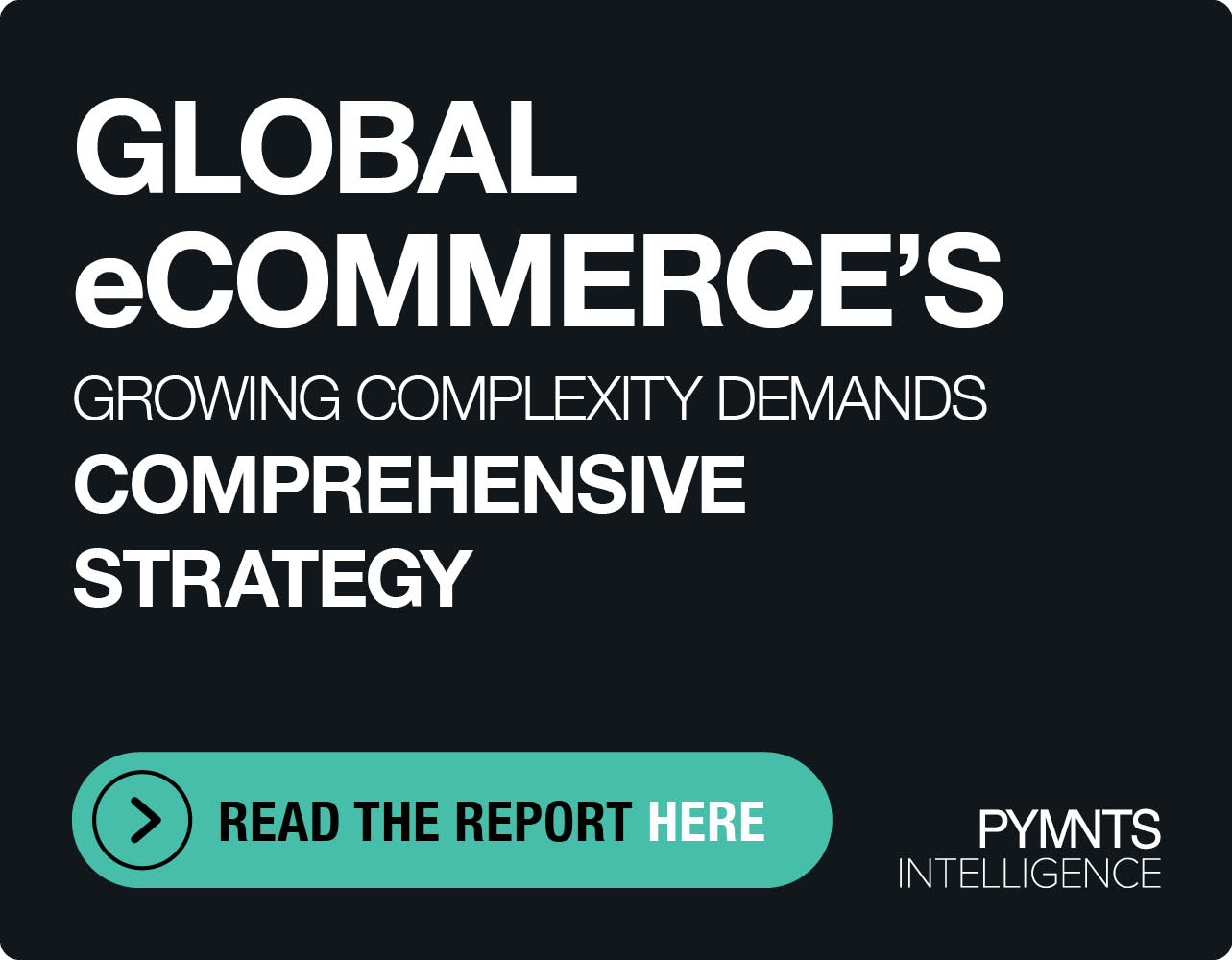Real-Time Data Takes On Magnitude Of Supply Chain Risks

When Pitney Bowes, a major logistics service provider, revealed that it had fallen victim to a ransomware attack, it was only the latest case revealing the threat that cyberattacks not only pose to companies, but also to their business partner networks, suppliers and supply chains.
In a statement Monday (Oct. 14), the company revealed it was “affected by a malware attack that encrypted information on some systems and disrupted customer access to our services.”
Although the company said it found no evidence of any customer data compromised, its users have reportedly raised concerns that they were unable to perform basic tasks using Pitney Bowes’ solutions, which include mailing and shipping services.
And while the company did not suggest that any of its clients have been compromised, for its more than 1.5 million corporate customers, the cyberattack was an ugly reminder that third-party risks continue to grow.
Recent research from Dow Jones Risk & Compliance warned that a survey of 250 U.K.-based corporates revealed their supplier on-boarding processes are falling short, with many failing to adequately recognize the risks that their third party partners and suppliers impose onto their organizations.
This week, several announcements from supply chain service providers have highlighted not only the various risks that third-party suppliers and other supply chain partners can impose — from cyberattacks to service disruptions — but also the many ways that technology can be deployed to address those risks, often with a focus on real-time data and transparency.
One Network Promotes Supply Chain Connectivity
One Network Enterprises announced Tuesday (Oct. 15) that it has introduced enhancements to its Real Time Value Network, a platform for members of the logistics industry to promote connectivity, communication and transparency across supply chains, including shippers, third-party logistics companies, carriers and service providers.
The company’s announcement emphasized the importance of integrating transportation systems with both the inbound supply and outbound fulfillment processes for holistic connectivity of business partners and their data.
In a statement, Johann Van Der Westhuizen, vice president of Strategic Business Development, said one of the largest challenges in logistics — late shipments — can be avoided “through better planning and demand forecasting, clear communication, real-time visibility, structured problem management, and eliminating human error.”
Updates to One Network’s Real Time Value Network aim to remove data from their silos and streamline both the inbound and outbound logistics lifecycle to mitigate risks like late deliveries that can disrupt business processes. This visibility relies on access to real-time data as well as collaboration between business partners’ platforms, the company noted.
Expanse Eyes Suppliers’ Cyber Threat
Internet operations management company Expanse is focusing on strategic supplier management through the launch of Expanse Link, announced Tuesday.
The solution connects supply chain managers with continuous visibility into supply chain operations to mitigate risk for both buyer and supplier, the company said in a press release, highlighting third-party risks that vendors can impose on their corporate customer bases. Those risks include compromise of sensitive data and intellectual property, as well as interrupted business operations in the event of a cyberattack on a supplier.
“Most breaches that disrupt operations start with an exposed internet asset, which unfortunately means that organizations face substantial risk of disruption to their own operations when these risks occur on the networks of their strategic suppliers and business partners,” explained Expanse Co-founder and Chief Technology Officer Matt Kraning in the release.
He added that supply chains need to enable continuous visibility into vendors’ internet assets for businesses to be able to assess and manage risk. The new solution by Expanse, he noted, allows organizations to hold their own suppliers accountable to maintain the standards to which their customer organizations themselves adhere. This “shared governance,” the company said, relies on continuous data aggregation and analysis.
Trimble Taps Data Analytics for Transparency
Supply chain technology firm Trimble announced this week enhancements that target transparency within the supply chain for shippers and carriers.
In a press release Tuesday, Trimble announced that its Visibility platform has added features for shippers and carriers to obtain analytics and insights about their operations. For carriers, users now have an interface to track and update loads straight from their shippers’ network on the Visibility platform. According to Trimble, this means shippers can connect to a broader range of carriers.
With a focus on analytics, the updates deploy Microsoft Power BI technology to visualize data and provide reports. For shippers, this means visibility into key performance metrics, including on-time percentages, and location and lane-level analytics, as well as key performance indicators based on their carrier partners.
“With the rapid movement of freight through the supply chain, our customers require technology that can keep pace and enable streamlined communication and access to shipment data,” said Trimble Transportation General Manager of Visibility Bryan Coyne in the release. “These two new features represent the sustained evolution of our Visibility platform as we continue to enhance its capabilities to provide unparalleled access to real-time information across the supply chain.”
